|
LISTEN TO THIS THE AFRICANA VOICE ARTICLE NOW
Getting your Trinity Audio player ready...
|
Diplomatic relations between South Africa and Rwanda took a dramatic turn for the worse last weekend following the deaths of 13 South African peacekeepers in the volatile eastern Democratic Republic of Congo (DRC). President Cyril Ramaphosa directly blamed the M23 rebel group, allegedly backed by Rwanda, for the attack, further straining relations between the two African nations.
The latest surge in violence comes as M23 rebels, in a rapid and forceful military offensive, took control of large parts of Goma, the largest city in eastern DRC and a crucial trading hub near the Rwandan border. The Southern African Development Community (SADC), under which South African troops were deployed as part of a peacekeeping force, now faces a serious dilemma on how to respond to the growing crisis.
As news of the deaths spread, Pretoria issued a stern warning, stating that any further attacks on its soldiers would be considered a “declaration of war.” However, Rwandan President Paul Kagame dismissed the accusations, instead portraying South Africa’s military involvement as an act of aggression. He claimed that South African forces were participating in “offensive combat operations” to prop up the Congolese government rather than maintaining peace.
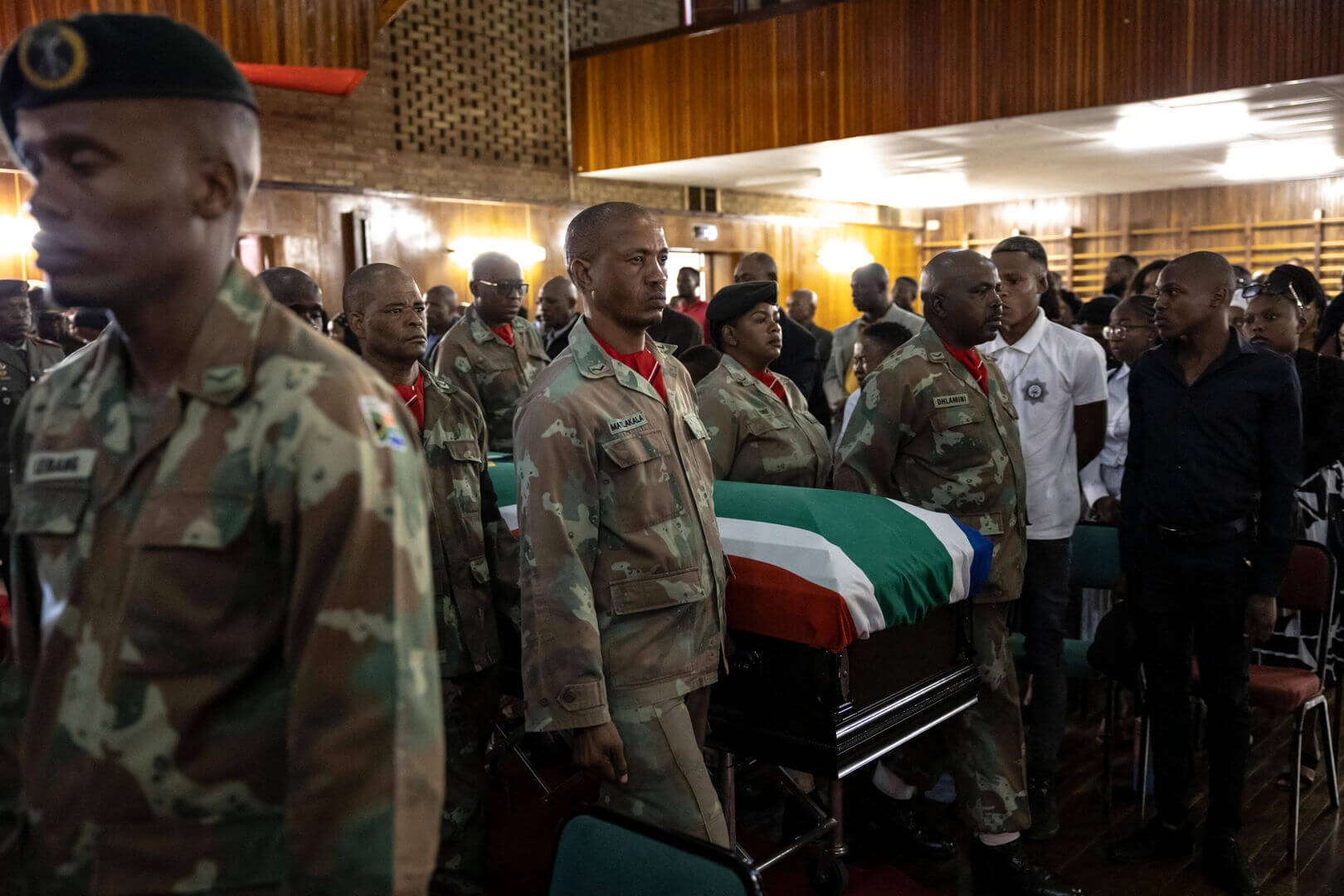
Kagame further rejected Ramaphosa’s assertion that Rwandan-backed militias were responsible for the killings, instead pointing the finger at the Congolese national army (FARDC). In a fiery response, he accused South Africa of distorting facts and denied that Rwanda’s military, the Rwanda Defence Force (RDF), had any role in the conflict.
This latest diplomatic standoff adds another chapter to the already troubled history between South Africa and Rwanda. Relations between the two countries have been tense for over a decade. In 2014, South Africa expelled three Rwandan diplomats over an attack on the home of an exiled Rwandan opposition figure in Johannesburg. Kigali retaliated by expelling six South African envoys.
Despite a brief thaw in relations—highlighted by Ramaphosa’s visit to Rwanda last year for the 30th anniversary of the 1994 genocide—this fresh confrontation has reopened old wounds.
South African troops were deployed to eastern DRC in December 2023 as part of the SADC Mission in the DRC (SAMIDRC), aimed at stabilizing the conflict-ridden region. The mission was intended to push back armed groups like M23, which had resurfaced after nearly a decade in the shadows.
However, South Africa’s ability to counter the rebels has been severely weakened. A decade ago, its military had successfully used Rooivalk attack helicopters to force M23 into retreat. But years of budget cuts and declining defense spending have left the air force unable to maintain these crucial aircraft. Without air support, South African forces have been left vulnerable to the advancing rebels.
Military analysts warn that the South African contingent is now in an extremely precarious position, with soldiers stationed in remote bases, cut off from reinforcements and medical evacuations. The deteriorating situation has led to growing calls for an urgent reassessment of South Africa’s continued military presence in the DRC.
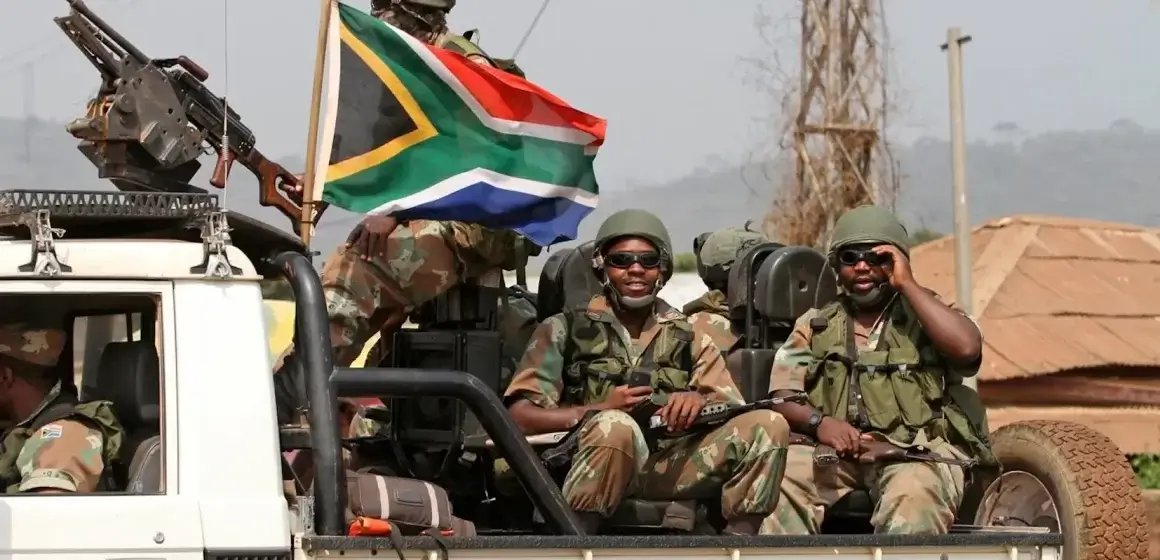
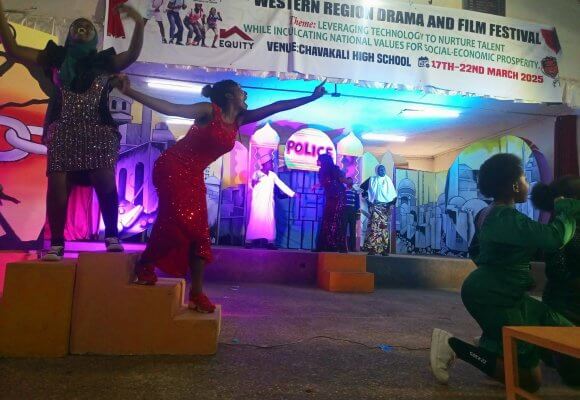
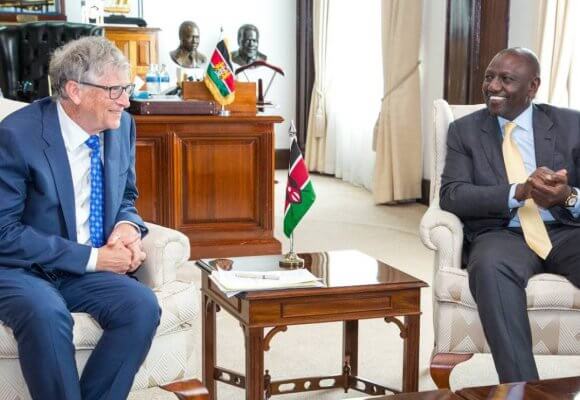
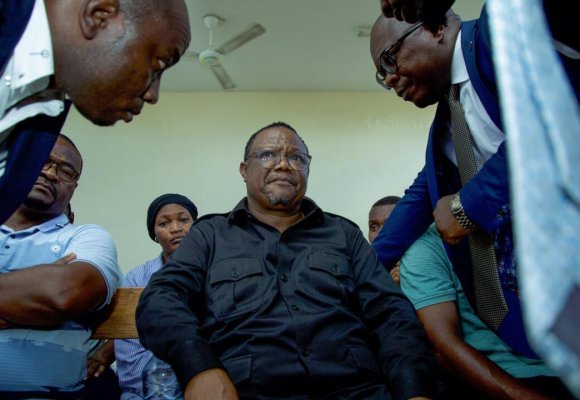



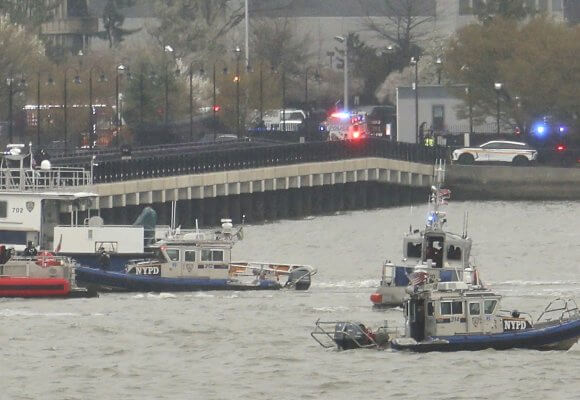
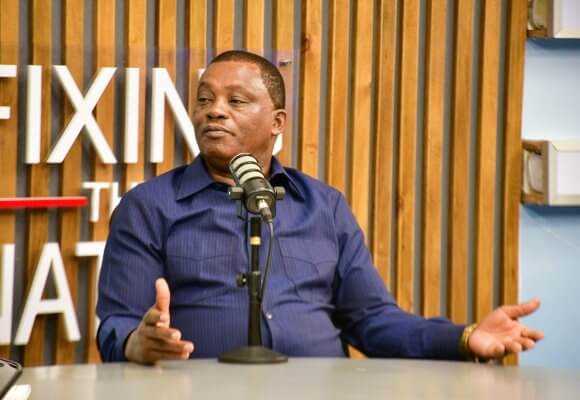
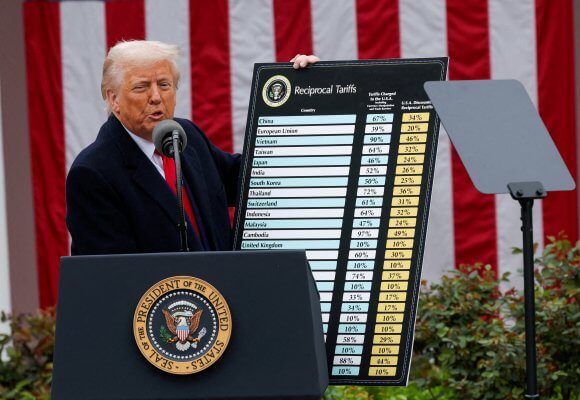
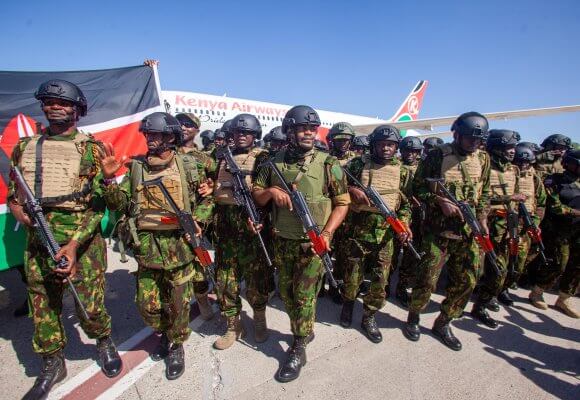
LEAVE A COMMENT
You must be logged in to post a comment.